How Ireland is abandoning its dirty fuel
Peat bogs have played historic role in Ireland’s economy and culture, but this high-carbon fuel is in fast decline. How will Ireland’s peat-reliant regions adapt?
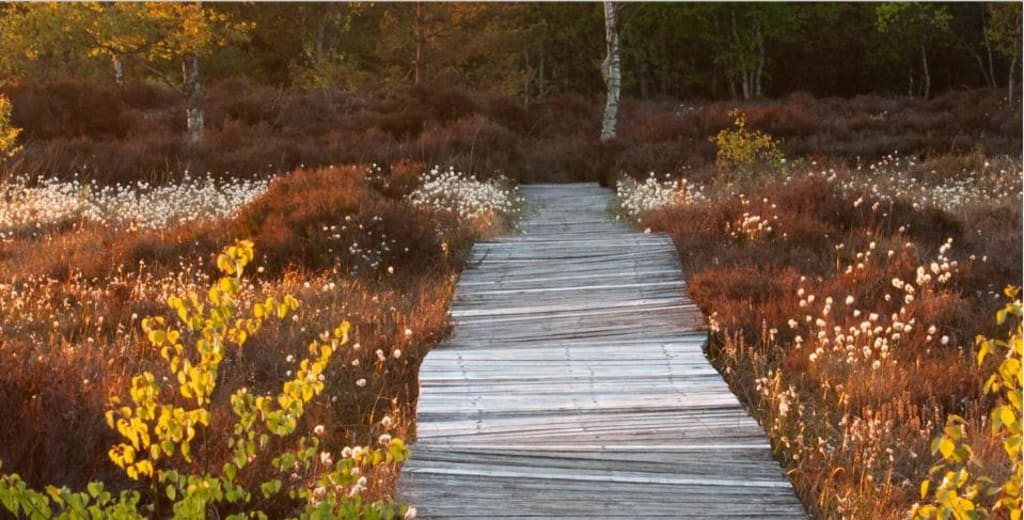
“Misery, just misery – your fingers are sore, your legs are sore – my legs are still cramping and it’s three days since I’ve been there.” Seventeen-year-old Eoin, half-laughing, is complaining about his recent experience turning sods of turf on a bog near his home in County Offaly, in the Midlands of Ireland. “But it has to be done – it’s the only way I can heat my house and water.”
Turf is another term for peat, which is removed from the bogs that cover large parts of this area of Ireland. Travelling through this flat landscape, the view is often of huge expanses of brown, dead-looking land with mounds of milled peat, or stacks of rectangular sods of turf laid out to dry. In recent decades, much of the peat extraction in Ireland has been done commercially by machines, for use in electricity power plants and horticulture. For domestic use the majority of turf is now also machine-cut, however there is often manual labour involved as older and younger generations alike help with drying and collecting the turf.
As a country without its own oil, a limited supply of gas and almost no coal, turf has been an important fuel for Ireland, providing the island nation with some energy self-sufficiency. Many families still have an area of bog, often passed down through generations, from which they can harvest enough fuel to see them through the year. It is an important part of Irish culture and national identity – in his poem, Bogland, Seamus Heaney describes it as “kind, black butter/Melting and opening underfoot”. The unmistakable smell of turf smoke in the air has long been a signal that you’ve left the city behind and arrived in rural Ireland.

Though the practice of cutting turf is centuries if not thousands of years old, and still takes place in several countries, there is growing recognition that burning it for fuel is not sustainable. Peat is a highly carbon-inefficient fuel, more so even than coal. Intact peatlands are an efficient carbon sink, but damaged peatlands are a major source of greenhouse gas emissions, annually releasing almost 6% of global CO2 emissions.
As Ireland tries to rapidly abandon peat, the people that depend on the fuel are facing an uncertain future, and the need to find new uses for the land that has for decades been given over to cutting turf.
You might also like:
The new ‘gold rush’ for green lithium
The largest seaweed bloom in history
The futuristic cargo ship made of wood
Eoin is one of a group of secondary school students in the village of Ferbane who took part in two climate strikes in 2019. The tension between a reliance on turf and the need to reduce carbon emissions is not lost on him or his fellow climate-strikers. When I meet them, they are gathered in a socially distanced group in a classroom with their environmental and social studies teacher, Aoibhinn Molloy-Roche. She has ensured learning about bogs is part of their school experience, including a trip to a local preserved raised bog.
What people thought would be a decade-long phase out of commercial turf-cutting, was suddenly a one-year deadline
One of the group, 14-year-old Liadh, is the daughter of farmers. “It’s part of our culture because we grow up with it,” she says. “You have to be able to find a balance between being more environmentally friendly and how all the farmers are going to get energy – there are alternatives but they are expensive.”
Turf has been a very significant part of the economy of this region for over 70 years. It has provided much-needed employment to one of the poorest areas of Ireland, through electricity power plants and the state-owned company responsible for peat extraction – Bord na Móna. However commercial turf-cutting now has to stop, and fast, if the country is to comply with its international obligations on carbon emissions and habitats. The country emits 13 tonnes of greenhouse gases per person each year, the third-highest in the European Union. Agriculture, transport and the burning of fossil fuels are the main contributors in Ireland, and turf is part of the problem.

This area of Offaly has been particularly affected by a surprise decision by the planning authorities in 2019 not to allow the nearby Shannonbridge power station to continue to burn peat. The decision was a huge shock to the community as it meant the sudden closure of the plant and the loss of hundreds of jobs, with knock-on effects on turf extraction jobs and other related businesses. What people thought would be a decade-long phase out of commercial peat cutting was suddenly a one-year deadline.
The students’ teacher, Molloy-Roche, feels that the conversation about the end of turf extraction should have happened much earlier. “The buck was passed from government to government and now it’s come to a head where we’re looking at massive fines and it’s not viable to keep these places open.”
At home on their nearby farm, Liadh’s mother Geraldine has a lot of sympathy for those affected. “Change is hard. Even though people knew it was coming, when the announcement came there were protests, uproar,” Geraldine says. “It’s part of the Irish culture – and all of a sudden it was gone.”
For Geraldine, it is a question of how to meet climate goals without bringing uncertainty to communities reliant on fuels such as peat. “There’s lots of discussion in [Liadh’s] school around climate change and they are very proactive. That’s brilliant and the ideology is great,” says Geraldine. “We do temper it a little by saying ‘Ok but how do you do that on the ground?’”
The outstanding value of this land is for biodiversity conservation and its longer-term climate contribution – John Feehan
Discussions about climate change and energy are frequent around the dinner table in this household. They are not heated debates, as all the family are keen to point out – they all accept change has to happen – but contradictions come up nonetheless. The family home and the nearby home of Liadh’s grandmother are heated by turf cut from the family plot. The two homes can be heated for €700 (£620/$830) for the winter, Liadh’s father Ronan tells me. He estimates heating the two houses with oil would cost between four and six times more. “So there’s a huge saving.”

Pippa Hackett is a Green Party politician and Irish minister for state for land use and biodiversity. She is also a farmer here in County Offaly. “Of course, there is huge awareness that an era which served the people there so well is coming to an end,” she tells me. “People are wondering where jobs to match the good ones they had are going to come from. They are wondering if they will be able to stay in the Midlands.” Hackett believes there is a sense of determination, of fighting back against job losses and economic migration. “People have begun to talk about the importance of access to broadband, decent public transport – and of protecting the natural environment.”
The long view
Sometimes described as “miniature rainforests” because of their abundance of different species of flora and fauna, peatlands cover almost 3% of the earth’s surface, and at one time a fifth of the Irish landscape. The peatlands of the Irish Midlands are “raised bogs”, the most threatened type of bog with only 1% of their original extent now remaining intact.
Peat is formed by the accumulation of decayed vegetation over thousands of years. In their intact form peat bogs remove carbon dioxide from the atmosphere and globally they store twice as much carbon as all the forests of the world combined. But when bogs are drained for cutting, the organic matter in them begins to break down, releasing greenhouse gases – even before the peat is extracted and burned, adding further emissions.
That is the reality for much of Ireland’s bogs. At one site near the town of Birr, County Offaly, lumbering yellow machines load milled peat, processed into a soil-like substance, onto trucks. This is the final chapter in the story of this site as a source of fuel. Workers are now only removing what has already been taken from the ground, and no more will be dug up.
But with most commercial bogs in Ireland soon to close, the question now is what this land will become. On a straight, narrow road running through this bog, I meet John Feehan, a geologist and botanist who has studied peatlands throughout his career, and who has a vision for how the land could change.
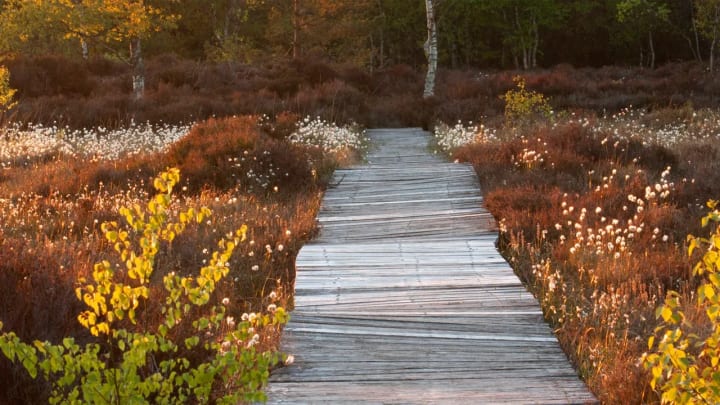
On one side of the road, the land is flat and brown as far as you can see. However, a few metres away on the other side is a forest. Feehan tells me that this wooded area was also a working peat bog, where turf was cut by hand. A local school persuaded Bord na Móna to donate this 70-acre (28-hectare) piece of land – Killaun Bog – to them, so that students could study biodiversity.
“When you look in there, it looks like you are looking at natural savannah,” says Feehan. As we walk along a slippery boardwalk, he points out where Scots Pine trees are sprouting up. “It’s going to become increasingly a pine forest.” Further along there are no trees but ground cover of heather and lichen. This vegetation acts to “seal” the bog and reduce its emissions.
From what was essentially barren bog 40 years ago, now this is home to many species of moths and butterflies, rare snails, beetles and newts. If a visitor is quiet, they may be lucky enough to spot lizards basking in the sun. A 5cm raft spider – Ireland’s largest native arachnid – is almost camouflaged on the wooden boardwalk.
Feehan believes that this small area shows the potential for what could be achieved if the mosaic of tens of thousands of hectares of bogs across the Irish Midlands are left to regenerate after the peat extraction ends. “The outstanding value of this land is for biodiversity conservation and its longer-term climate contribution,” he says. “You’re talking about something that would be of enormous importance from a European and international point of view.”
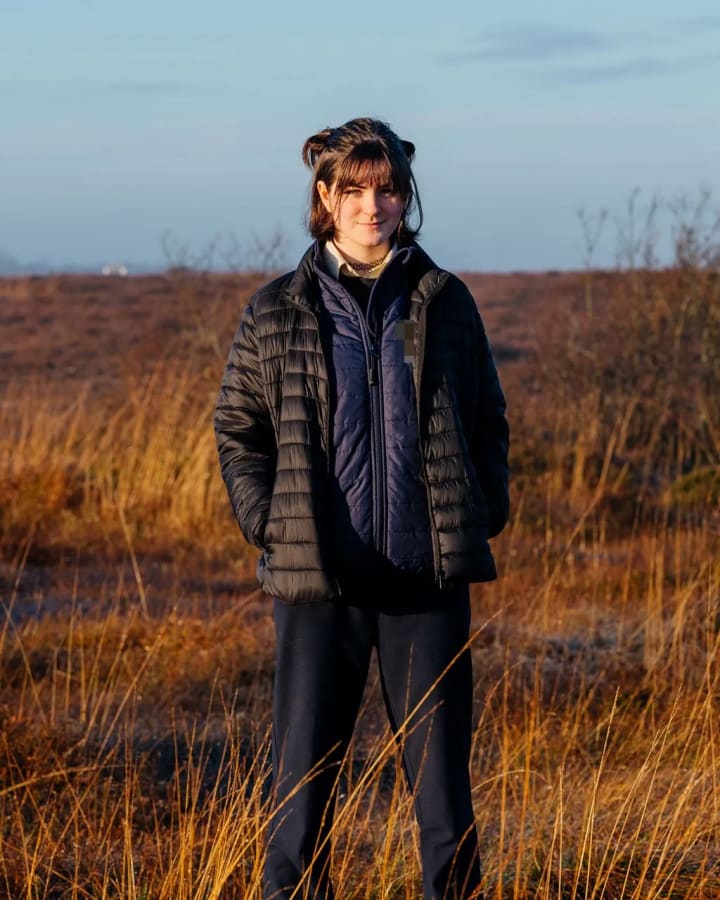
Geologists and climate scientists think in decades, centuries or even millennia. But it’s difficult for everyone in the community to have such a long-term view. With the potentially devastating impact of the sudden end of the peat industry looming, the Irish government is funding a Just Transition programme for the Midlands. This will include retraining, funding for new enterprises including in renewable energy and investment in the tourism, heritage and leisure sectors.
Bord na Móna has committed to a peatland restoration programme and is already involved in developing bog sites as amenities, such a “discovery park” at Lough Boora, where visitors can walk or bird-watch and experience the bog up close. Along with growing its renewable energy business, these activities will provide jobs – but it is not clear if these will equal the number that have been lost.
Meaningful solutions are vital to the workers and their families feeling the impact right now, and also to the next generation who will be leaving education in the coming years.
One member of the student group I visit, Ava-Grace, 16, says the students will continue with school strikes.
“It’s important to think about what we can do locally,” she tells me. “It has to be done because we have very little time left before [climate change is] irreversible. We can use the fact that we need other energy sources to our advantage – we can have wind farms – we can turn bog areas into tourist attractions.”
The village where their school is located has a small piece of intact raised bog. Eoin’s grandparents had a patch of it but the turf was of such poor quality it wasn’t worth cutting. Although no doubt difficult for them at the time, this now means that this bog can become a community amenity. “There are plans to build a boardwalk on it,” says Eoin. “It will show people what it can look like when it’s not destroyed. If you show people the alternatives to what’s there it will click with them – more so than if you’re reading out stats and figures.”
Pippa Hackett is sure that even as the bogs’ use for energy comes to an end, they will continue to have a central place in the region. “I see the bogs of the Midlands as a ‘mother figure’. For generations she warmed our homes, sustained our jobs, fed, clothed and educated us. But now, she is old and needs us to care for her in her retirement. We need to recognise that and still value her. And I believe we can do that.”


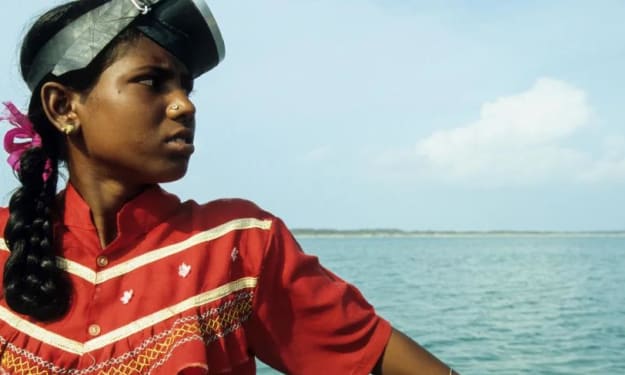


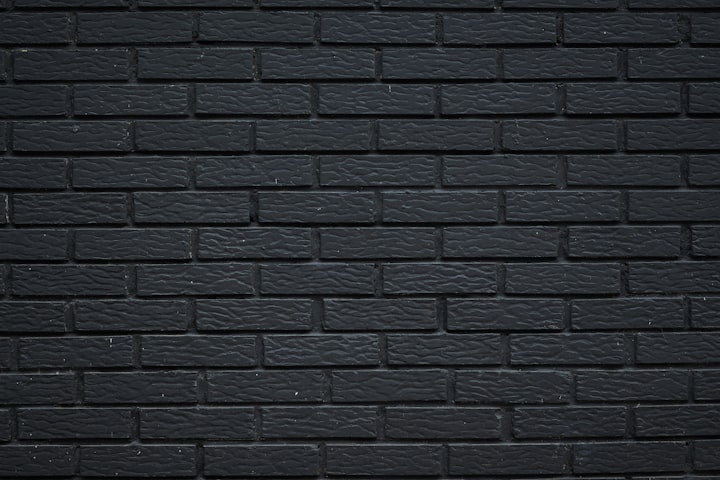
Comments
There are no comments for this story
Be the first to respond and start the conversation.